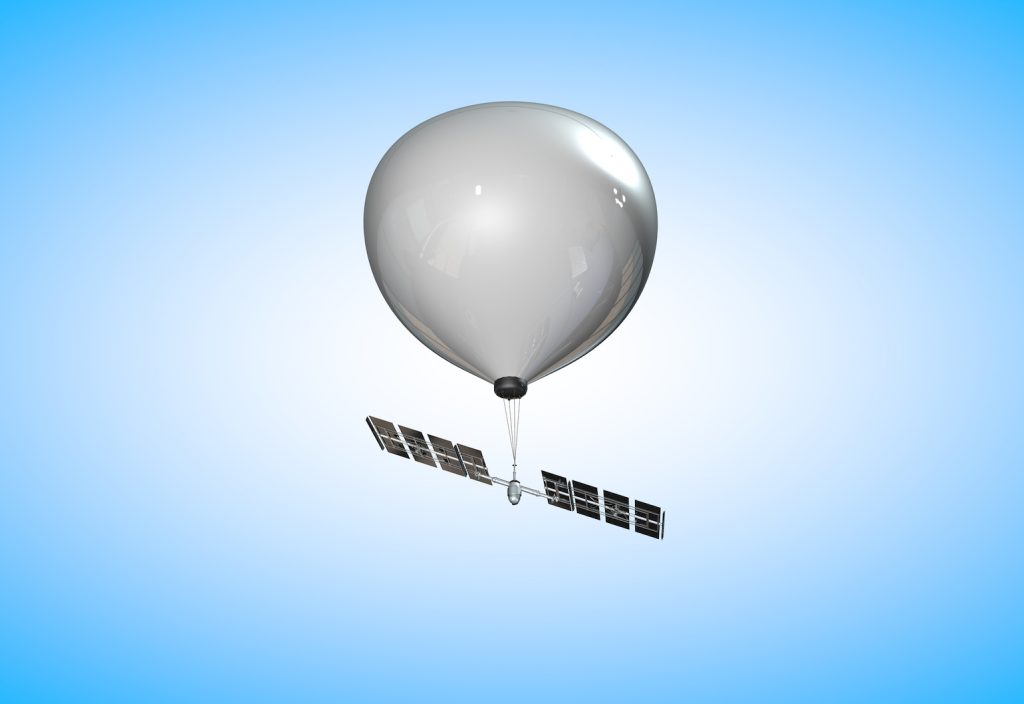The concept of the spy balloon is not new, but it has been talked about by media outlets around the world in the past few weeks after a surveillance balloon was spotted over the United States and subsequently shot out of the sky.
The balloon was estimated by US officials to be flying at about 60,000 feet (about 18,300 metres) which is much higher than commercial airliners that fly at around 10,000 to 12,000 metres.
As autonomous systems expert Professor Hamish Campbell at Charles Darwin University explained, “most weather balloons are passive, but aircraft such as high-altitude pseudo satellites (HAPS) can be remotely controlled from above and propelled around for weeks or months. They have the potential to enable precise monitoring and surveillance.”
“We don’t know exactly what the balloon was as yet, but I suspect it was remotely controlled because I’ve seen photographs that show aerials and sensors suggesting it was receiving transmissions,” said Professor Campbell. However, the US has confirmed that the balloon was a high-altitude pseudo satellite (HAPS) and part of an intercontinental surveillance opertion.
Where else are HAPS used?
“HAPS is a relatively new term and covers a variety of craft,” Professor Campbell told create. “HAPS can be anything from a balloon to a large drone that is essentially a controlled aircraft. They can have a propeller, allowing controlled forward propulsion and altitude change. You also get HAPS that look like a drone or controlled aircraft and tend to be quite large.”
“One of the significant differences between a HAPS and a traditional drone is the length of time they are in the air. HAPS have a fuel source like solar power so they can stay up longer and fly for days at a time, but they have a control system that is similar to a drone,” he added.
“We are definitely developing HAPS in Australia but we are way behind. We do have some companies in Australia working in this area. An example is the Zephyr airbus in the Kimberly is a large HAPS.”
Aviation giant Airbus began testing its Zephyr HAPS in Wyndham, WA’s northernmost town, in late 2018.
The facility is a world-first site for testing of the aircraft, and two test flights in 2019 both ended with the 25-metre-wide drones crashing in scrubland. However, the group remains committed to trials of unmanned aircraft.
This Wyndham site was chosen due to its largely unrestricted airspace and reliable weather and is the result of significant investment by Airbus into its Zephyr program.
Professor Campbell says that HAPS have an important role to play in environmental monitoring and scientific applications, and are already being used for domestic situations like bushfire detection.
“The progress in this area has become possible because of advancements in battery technology, communications and artificial intelligence. The miniaturisation of battery technology means batteries are now very light. Communications is also an area of major change with Starlink which gives us high-speed internet anywhere on the planet. And we now have central control systems that make their own decisions with artificial intelligence,” said Campbell.
Starlink is a satellite internet constellation operated by SpaceX, providing satellite Internet access coverage to 48 countries. It also aims for global mobile phone service after 2023.
One issue that Professor Campbell believes is holding Australia back with HAPS development is regulatory approval.
“Technology is outpacing the regulatory approval process. In Australia, we are heavily constrained by aviation law and the Civil Aviation Safety Authority (CASA). It can take up to 12 months to get approval from CASA to fly a drone,” said Campbell.
But HAPS are coming. Whether we’re ready or not.
